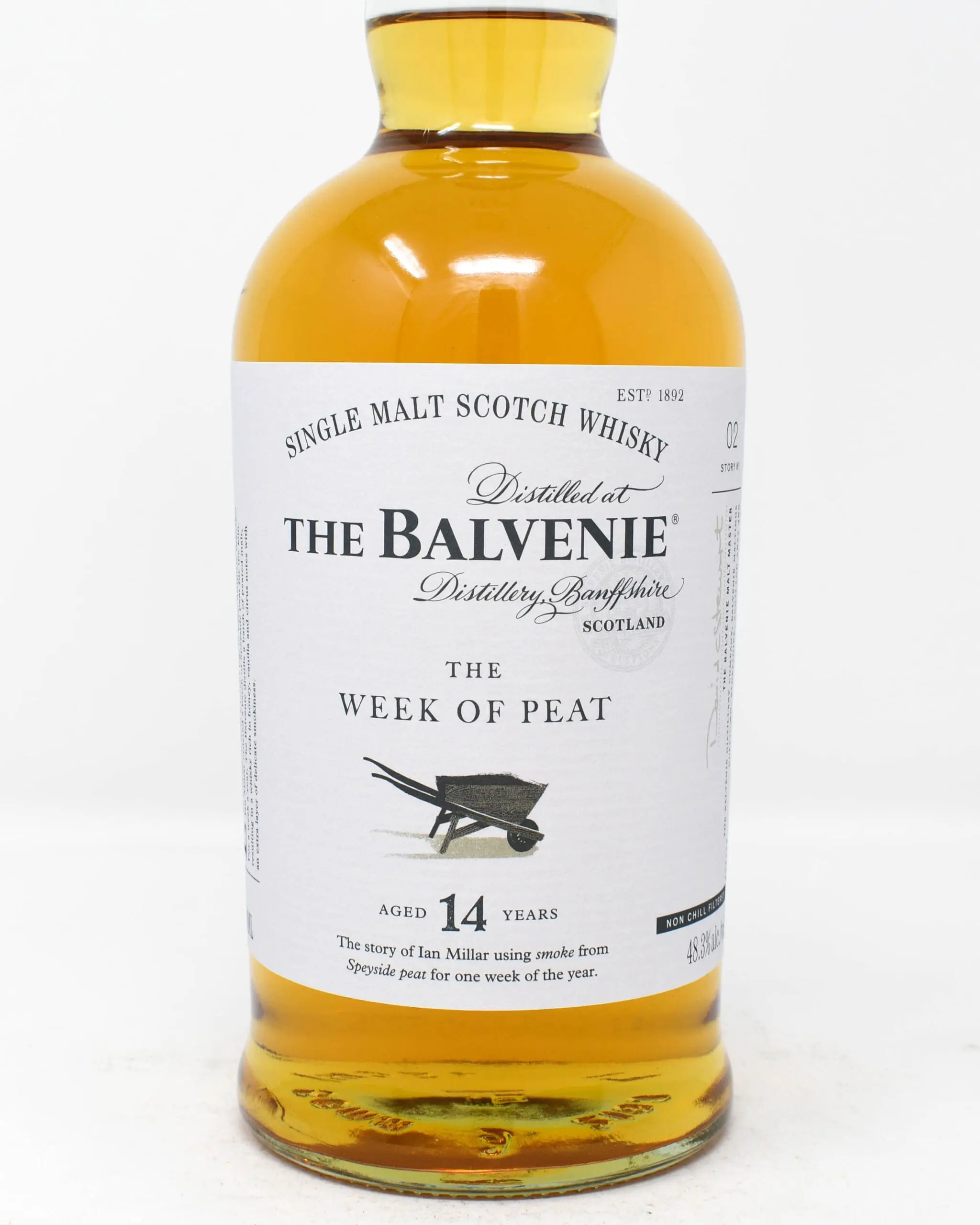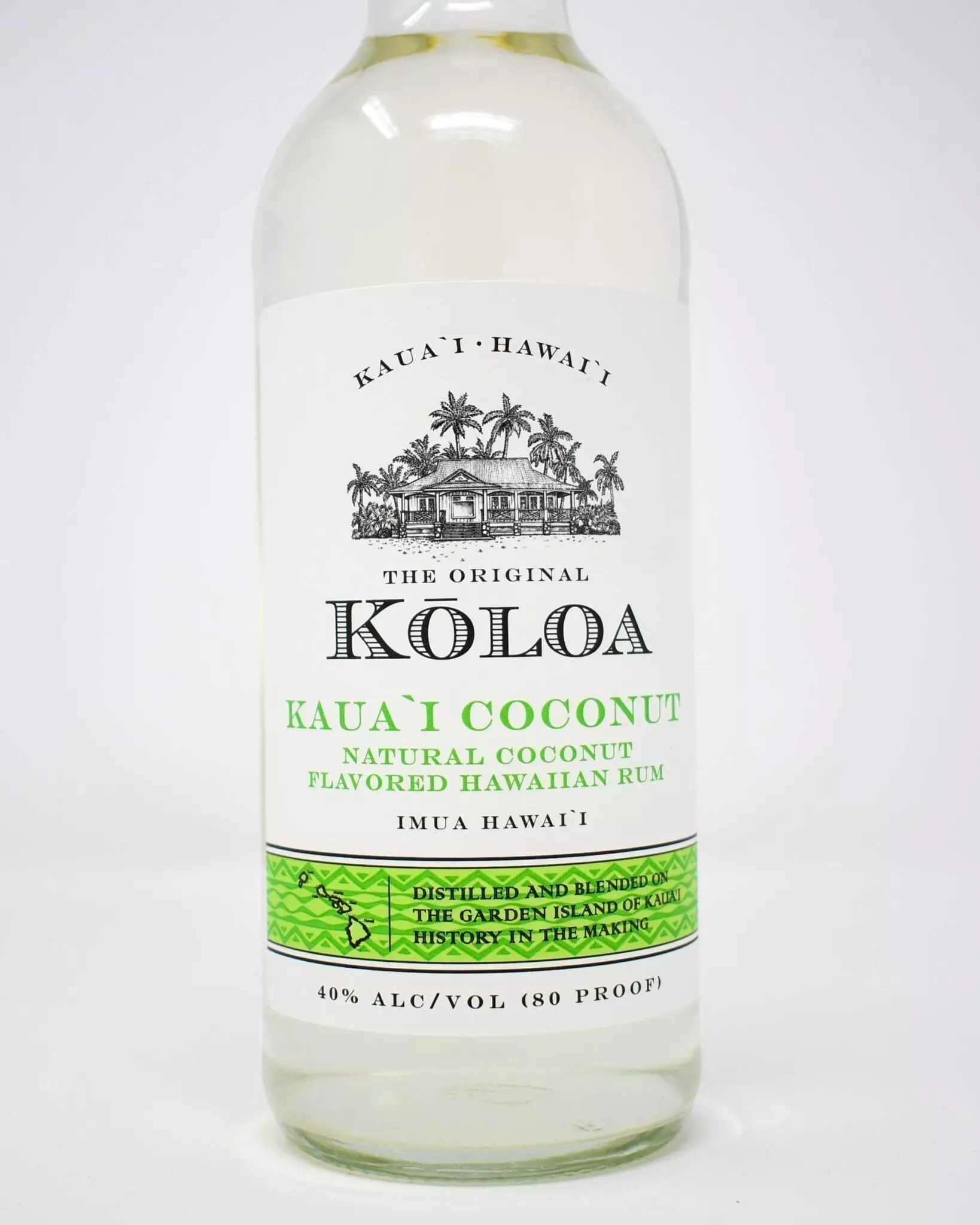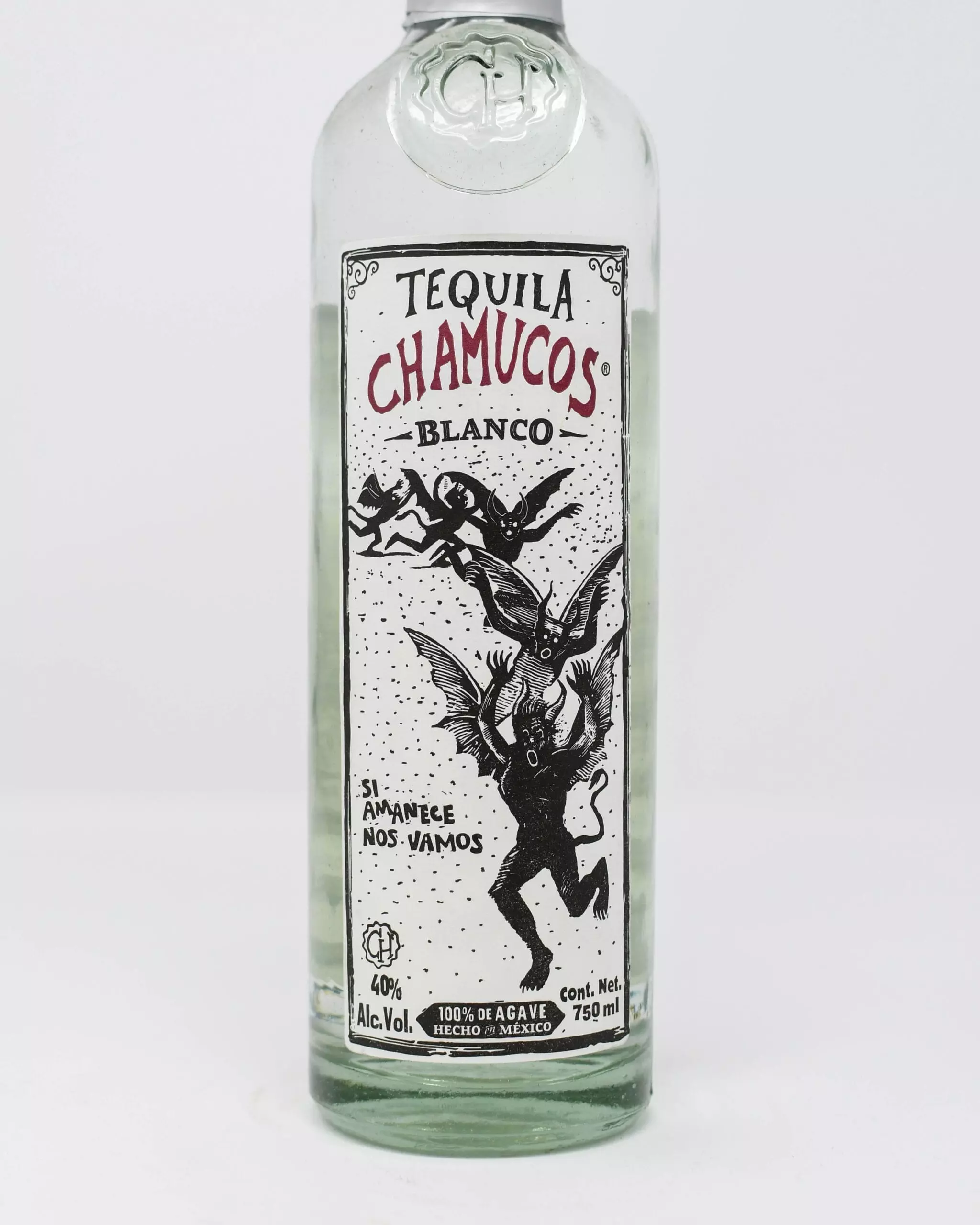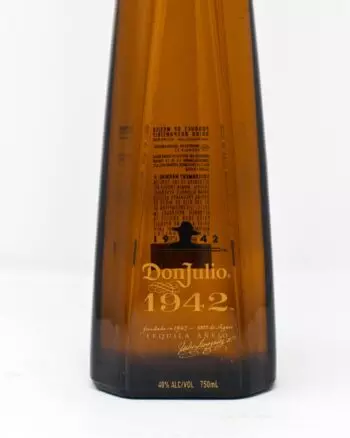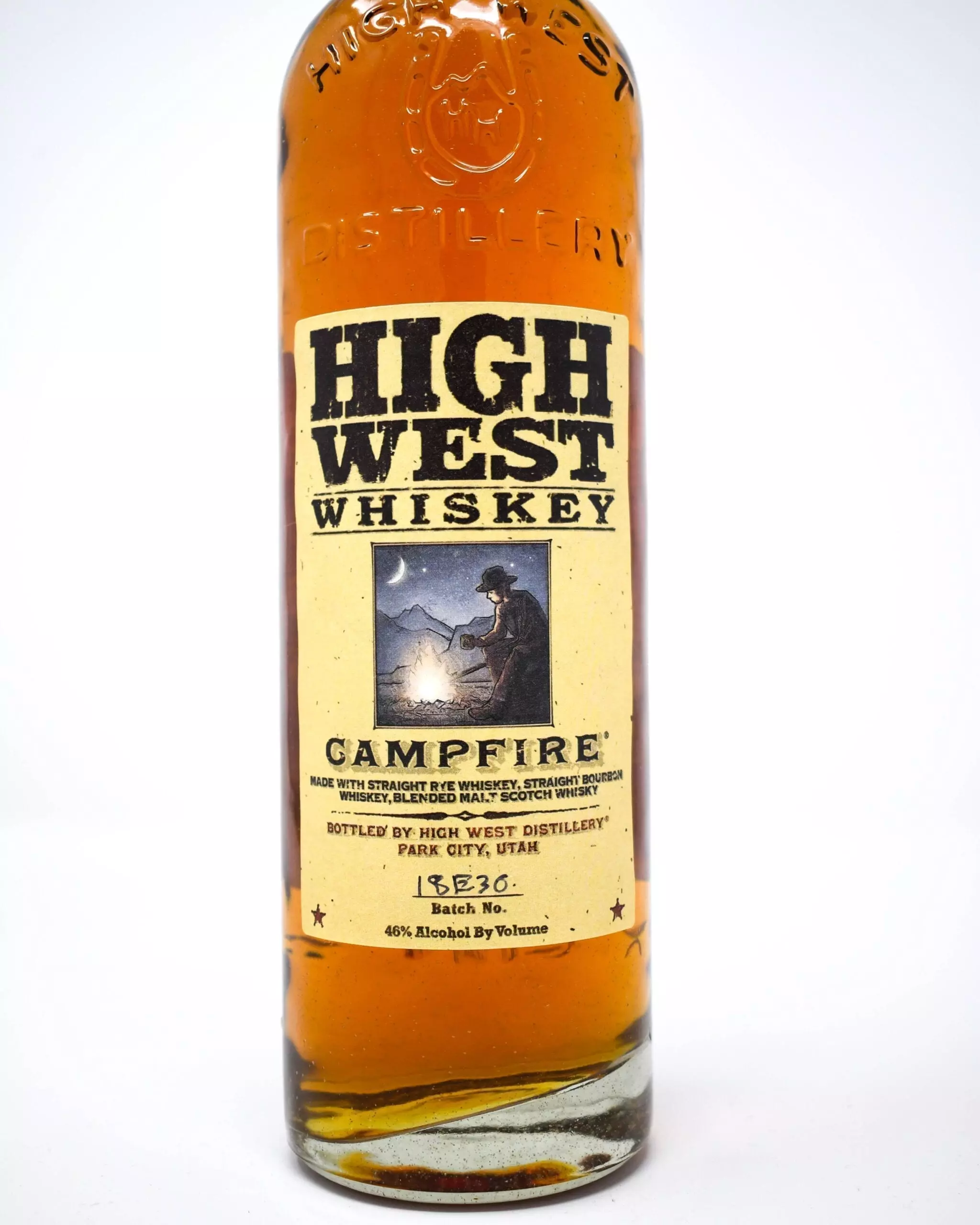The Balvenie, The Week of Peat, Aged 14 Years, Story No. 02, 750ml
$175.00
The Balvenie, The Week of Peat, Aged 14 Years, Story No. 02, 750ml
$175.00
48.3% alc.
This story begins with distillery manager Ian Millar’s eagle eye spotting a week’s gap in the distillery schedule. Eager to experiment with The Balvenie profile using what he had learnt from a recent trip to Islay, he ordered a batch of Speyside peat for the kiln and built a peat burner on the side ‘for, well, extra peatiness’.
Out of Stock
This story begins with distillery manager Ian Millar’s eagle eye spotting a week’s gap in the distillery schedule. Eager to experiment with The Balvenie profile using what he had learnt from a recent trip to Islay, he ordered a batch of Speyside peat for the kiln and built a peat burner on the side ‘for, well, extra peatiness’.
Ian continues: “In a way, The Week of Peat was nothing new. In fact, arguably, it’s the only week of the year we make whisky the way it used to be made – using smoke from a heavily peated furnace, like in the very old days when every farm burned peat from the land (and made whisky in a pot over the fire, it’s worth remembering).
“Due to the strong influence of peat, we had to separate the remaining low wines and feints, basically low-alcohol spirit, and store them in a tank until the following year’s peat week, so there is a year-to-year link between one peat week and the next.
Brian Webster, The Balvenie Mashman vividly remembers the smell: “That stinking stuff! As some guys say.” Brian laughs out loud, launching into the details: “During mashing it affected you – it went for your eyes, nose, throat, and this all lingered on me, through the whole shift. Jim, one of the other Mashmen, complained about the reek of peat on his clothes, as did his wife when he came home!”
“We took our inspiration from some of the Islay distilleries. No-one on Speyside was doing it like this when we started. Essentially, given the maltings is a big tool for experimentation you can really work with it. So on our return we started to trial a few different approaches, one change at a time, to fully understand the impact each change made – patience was required.
“We got our peat from the north-east Speyside village of New Pitsligo, close to Fraserburgh. I helped muck in with the guys in the maltings, shuffling the extra-heavy peat into the kiln with big shovels. “We added a peat-burner to the side of the kiln. Trialling the burner in the early days allowed us to get levels similar to Laphroaig and Ardbeg, 30 parts per million phenols. Clearly the more we trialled, the greater our confidence in peating our own malted barley.
“The first time we did it there was a real buzz on site – engineers, coppersmiths and other team members came and had a look as they had never experienced the production of peated, malted barley before.
“It was in 2002 when we first decided to bring peat back. We asked ourselves, why don’t we take a week out of the year to make peated whisky? Let’s just do it. It made sense to do it in a week – generally at the end of summer or winter, when we’re shutting down for maintenance at the distillery. “I’m quite proud of the way it’s turned out. It’s clear that it’s The Balvenie – as opposed to an Islay peat – with that honey, vanilla, citrus flavour but with an extra layer of delicate smokiness.”
Additional information
| Liquor |
|---|
